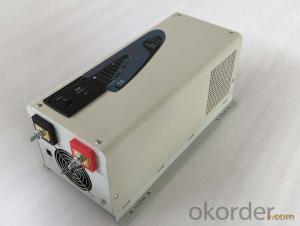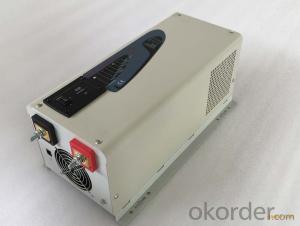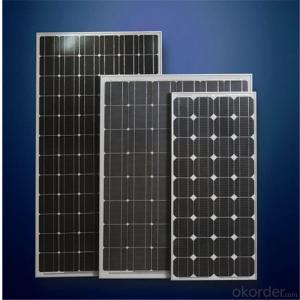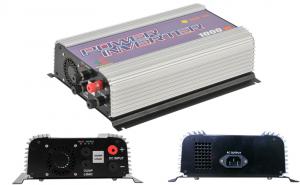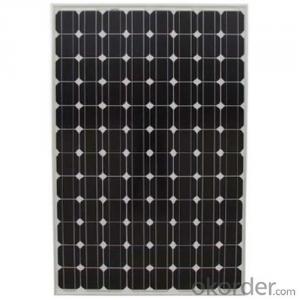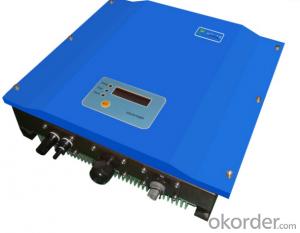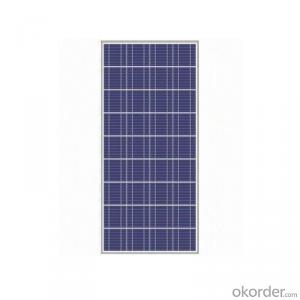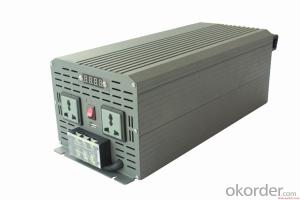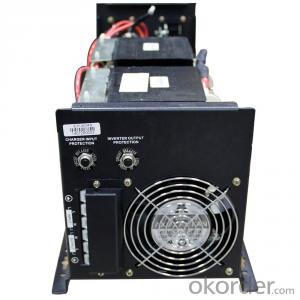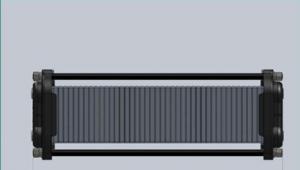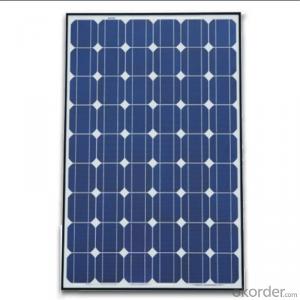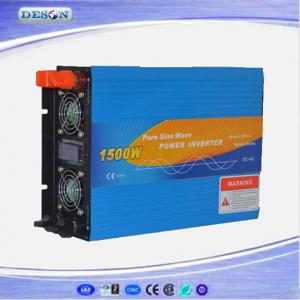Solar Power Inverter 1000w
Solar Power Inverter 1000w Related Searches
1000 Watt Solar Power Inverter Solar 1000 Watt Power Inverter 1000w Solar Inverter 1000 W Solar Inverter 1000 Watt Solar Inverter 1000 Watt Solar Panel Inverter 1000kw Solar Inverter Solar Power Inverter 10000w 1000 Watt Inverter Solar Panel 10000w Solar Power Inverter 10000w Solar Inverter Solar Inverter 1000 Watt Price China Solar Inverter 1000kw 1000w Solar Inverter Price 10000 Watt Solar Inverter 1000 Watt Solar Inverter Price Solar Inverter 10000 Watt Solar Inverter Off Grid 1000w Off Grid Solar Inverter 1000w Solar Inverter 1 Kw 10kw Solar Power Inverter Solar Power Inverter 10kw Solar Power Inverter 2000w Solar Power Inverter 4000w 1000w Solar Grid Tie Inverter Solar Power Inverter 5000w Solar Inverter 10 Kw Solar 2000w Power Inverter 1100va Solar Inverter 1kw Solar InverterSolar Power Inverter 1000w Supplier & Manufacturer from China
Solar Power Inverter 1000w is a high-quality product designed to convert solar energy into usable electrical power. It is an essential component in solar power systems, ensuring that the energy generated by solar panels can be effectively utilized in various applications. This inverter is capable of handling a power output of 1000 watts, making it suitable for both residential and commercial use.The Solar Power Inverter 1000w is widely used in various scenarios where a reliable and efficient power supply is needed. It can be employed in off-grid systems, where it provides a stable power source for homes, businesses, and remote locations without access to traditional electricity grids. Additionally, it can be used in grid-tied systems to supplement the power drawn from the grid, helping to reduce energy costs and increase energy independence. This versatile inverter is also ideal for powering appliances, lighting systems, and other electrical devices in RVs, boats, and other mobile applications.
Okorder.com is a reputable wholesale supplier of Solar Power Inverter 1000w, offering a vast inventory of this product to cater to the needs of various customers. With a commitment to quality and customer satisfaction, Okorder.com ensures that each inverter is thoroughly tested and meets the highest industry standards. By partnering with Okorder.com, customers can enjoy competitive prices, fast shipping, and excellent customer service, making it a reliable choice for sourcing Solar Power Inverter 1000w.
Hot Products






